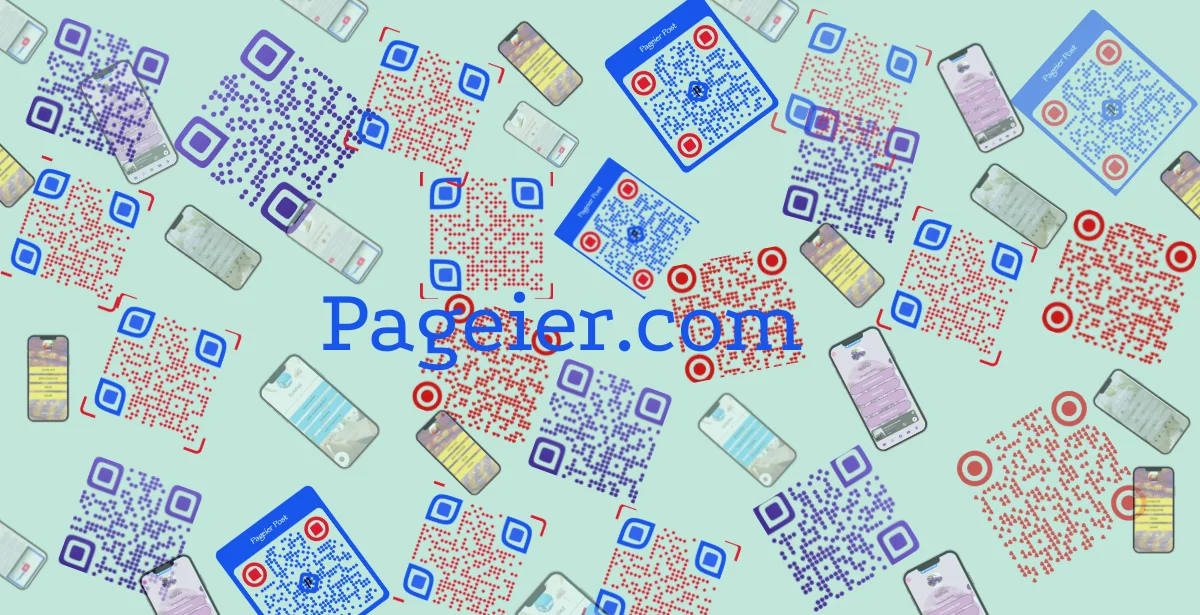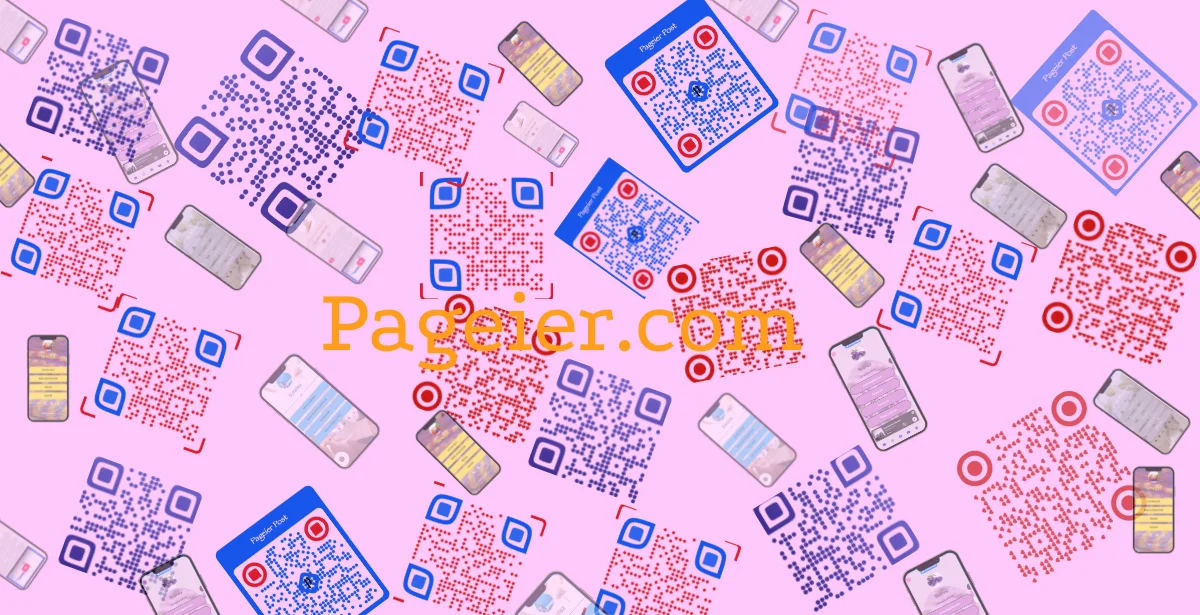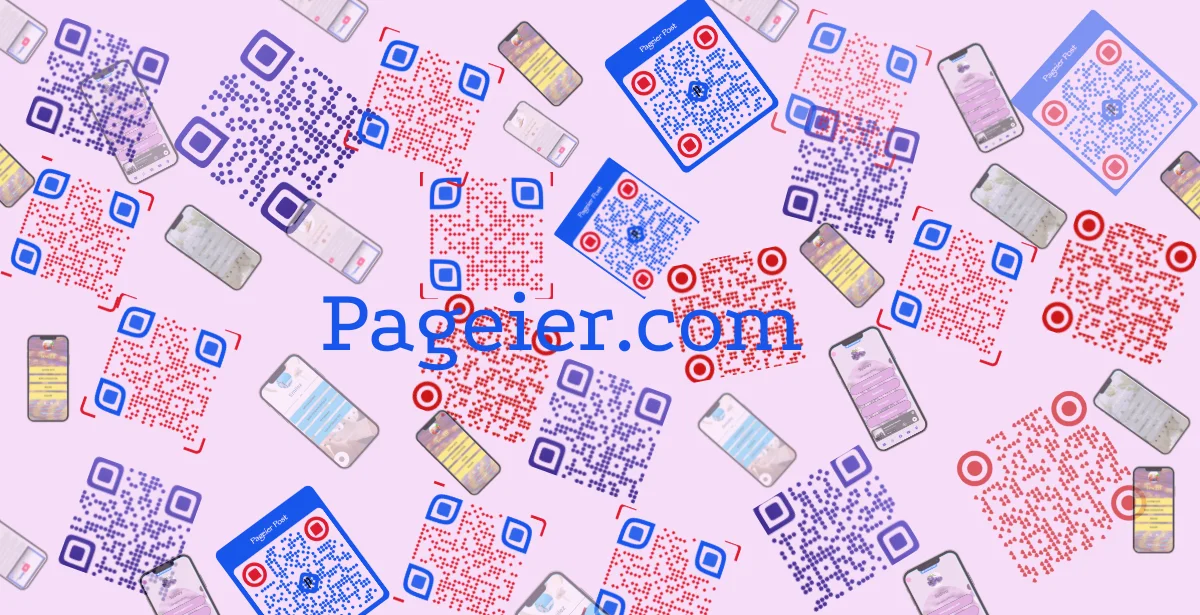
The Evolution of QR Codes
QR codes were first developed in 1994 by a Japanese company, Denso Wave, primarily for tracking automotive parts. Over the years, their utility expanded beyond industrial applications to various sectors, including retail, marketing, and now, dining. The pandemic accelerated their adoption significantly as consumers sought safer ways to interact with businesses. Restaurants quickly recognized the potential of QR codes to facilitate contactless menus, reservations, and payments.
As we examine the evolution and rise of QR codes in dining, it is essential to understand their transformative role. They have transitioned from being merely a technological novelty to becoming an integral part of the dining experience. With just a quick scan using a smartphone camera, diners can access a wealth of information—from menus to reservation systems—streamlining processes and enhancing convenience.
Streamlining the Reservation Process
Traditionally, making a reservation at a restaurant involved phone calls or filling out tedious online forms. This process could be cumbersome and time-consuming, often leading to frustration for diners who wanted to secure a table quickly. However, QR codes offer a seamless alternative that significantly enhances the reservation experience.
When diners see a QR code displayed prominently at a restaurant or on promotional materials, they can simply scan it with their smartphones. This instant access directs them to user-friendly landing pages that provide real-time updates on table availability. Diners can check for available slots without needing to call or navigate through complex websites. The simplicity of this process encourages more diners to engage with the restaurant’s reservation system, especially last-minute diners who may be looking for quick solutions.
Moreover, QR codes can be integrated with popular reservation platforms like OpenTable or Resy. This integration allows restaurants to manage their bookings efficiently while providing diners with an effortless experience. By streamlining the reservation process, restaurants not only attract more customers but also reduce the likelihood of no-shows and last-minute cancellations.
Enhancing Customer Experience with Automation
During peak dining hours, restaurants often face overwhelming reservation requests, leading to long wait times and potential dissatisfaction among guests. QR codes play a crucial role in alleviating this stress by automating booking management. By utilizing QR codes for reservations, restaurants can enhance operational flow and minimize human error.
For instance, when a diner scans a QR code for reservations, they may receive immediate confirmation of their booking on their smartphones. This instant feedback reduces the need for staff to manually confirm reservations over the phone or via email, allowing them to focus on providing exceptional service to guests who are present in the restaurant.
Furthermore, automation through QR codes can also extend to managing customer preferences. Restaurants can collect data on guest preferences through their booking systems, allowing them to personalize experiences for returning customers. For example, if a diner frequently orders a particular dish or prefers a specific table layout, this information can be stored and used to enhance future visits.
“Efficiency fosters better guest engagement, leading to repeat business.”
The combination of automation and personalization fosters a more enjoyable dining experience, ultimately leading to higher customer satisfaction and loyalty.
Harnessing the Power of Promotions
QR codes are not only useful for reservations; they also serve as powerful tools for promotions and marketing campaigns. By linking QR codes to limited-time offers, discounts, or special events, restaurants can engage customers more effectively and drive traffic during slower periods.
Statistics indicate that diners are more likely to make reservations when they see enticing promotions. For instance, a restaurant might create a QR code that leads to a landing page showcasing a special happy hour menu or a seasonal tasting event. By incentivizing customers with exclusive deals accessible through QR codes, restaurants can boost bookings and increase foot traffic.
Additionally, QR codes can be utilized on social media platforms or printed marketing materials such as flyers and posters. By integrating QR codes into various marketing strategies, restaurants can reach wider audiences and encourage engagement from potential customers who may not have been aware of their offerings.
Real-Time Analytics
One of the significant advantages of using QR codes for promotions is the ability to track engagement in real-time. Restaurant owners can analyze how many people scanned the QR code, what promotions were most popular, and how these promotions impacted overall sales. This data-driven approach allows restaurants to refine their marketing strategies continually and optimize promotional offers based on customer preferences.
Managing Waitlists with Ease
Gone are the days when diners had to scribble their names on waitlists while standing in crowded entryways. QR codes facilitate digital waitlists that allow diners to join virtually and receive updates while they wait for their tables. This innovative approach not only keeps guests engaged but also enhances their overall experience at the restaurant.
When diners arrive at a restaurant that uses QR codes for waitlist management, they can scan a code at the entrance to add their names digitally. This eliminates the need for physical waitlists and reduces confusion regarding table availability. Diners receive text or app notifications when their tables are ready, allowing them to explore nearby shops or relax in their cars instead of waiting idly outside.
Moreover, during their waiting period, guests can browse the menu on their smartphones or even pre-order meals using the same QR code. This feature enhances customer engagement by allowing diners to familiarize themselves with the menu options before being seated. A smooth waitlist experience is crucial for customer retention—and by utilizing QR codes effectively, restaurants can significantly enhance overall satisfaction.
Enhancing Safety and Hygiene
The COVID-19 pandemic heightened awareness around safety and hygiene in dining establishments. Many diners became increasingly cautious about touching shared surfaces such as menus and payment terminals. QR codes emerged as an ideal solution to address these concerns by providing contactless access to essential information without physical touchpoints.
By relying on QR codes for menus and payments, restaurants minimize the risk of spreading germs and viruses among staff and patrons. Diners can view menus on their devices without touching physical printed menus or interacting with servers unnecessarily. Furthermore, many restaurants have implemented payment systems that allow customers to pay directly via their smartphones after scanning a QR code.
This emphasis on safety not only reassures customers but also aligns with changing consumer preferences for contactless interactions in various aspects of life. As we navigate an increasingly health-conscious world, embracing technologies like QR codes will be crucial for maintaining customer trust and satisfaction.
The Future of Dining in a Tech-Driven World
Looking ahead, integrating QR codes with loyalty programs could reshape dining experiences even further. Many consumers today seek personalized experiences that cater to their preferences and habits; incorporating loyalty programs into QR code systems allows restaurants to meet these expectations effectively.
Imagine a scenario where diners scan a unique QR code linked to their loyalty accounts when making reservations or placing orders. This integration would enable restaurants to track customer preferences over time—providing tailored recommendations based on past visits while rewarding loyal patrons with exclusive discounts or promotions.
Additionally, as technology continues to evolve, restaurants should consider leveraging advancements such as augmented reality (AR) in conjunction with QR codes. For instance, diners could scan QR codes that overlay virtual menus or showcase dishes in 3D formats—offering an immersive experience that enhances decision-making during meal selection.
Pageier: Revolutionizing Restaurant Management
In this rapidly evolving landscape of technology-driven dining experiences, Pageier stands out as an all-in-one solution for managing restaurant operations seamlessly. By offering comprehensive tools that streamline sales and marketing efforts into one platform, Pageier allows business owners to save time while growing their establishments efficiently.
The Power of Pageier Tools
Pageier’s suite of tools is designed specifically for restaurateurs seeking efficiency and effectiveness in managing day-to-day operations:
-
Reservation Management: Pageier’s tools simplify the reservation process by integrating QR codes directly into booking systems—allowing diners to make reservations effortlessly while providing restaurant staff with real-time updates.
-
Sales Tracking: Restaurant owners can monitor sales trends through intuitive dashboards—gaining insights into popular menu items and identifying peak hours for improved staffing decisions.
-
Marketing Automation: Pageier enables automated email marketing campaigns tied directly to customer preferences—helping restaurants engage patrons with targeted promotions while saving valuable time.
-
Customer Relationship Management: By collecting data through loyalty programs integrated with Pageier’s platform, restaurants can personalize experiences based on past dining habits—enhancing guest satisfaction.
Simple Solutions for Complex Problems
With Pageier’s user-friendly interface requiring no prior experience in tech management or software implementation:
-
Save Time: Streamline daily operations by consolidating various business functions into one platform.
-
Work Smarter: Optimize resource allocation—ensuring that staff members focus on providing exceptional service rather than getting bogged down in administrative tasks.
-
Boost Productivity & Growth: Utilize intuitive tools designed specifically for restaurateurs seeking growth opportunities without overwhelming complexity.
Pageier empowers restaurant owners by simplifying management processes—allowing them to devote more energy toward delivering exceptional dining experiences that keep guests coming back.
The rise of QR codes in dining represents more than just a technological trend; it signifies a profound shift in how restaurants operate and engage with customers. From streamlining reservations to enhancing customer experiences through automation and promotions, QR codes are reshaping modern dining practices for both patrons and restaurateurs alike.
As we navigate this evolving landscape together—where technology continues playing an integral role—embracing innovations like QR codes will be key to meeting consumer demands while ensuring safety and satisfaction at every turn. With tools like Pageier paving the way toward efficient management solutions tailored specifically for restaurants—business owners can confidently embrace this new era of dining while focusing on what truly matters: creating memorable experiences that leave lasting impressions on guests long after they’ve left the table.



